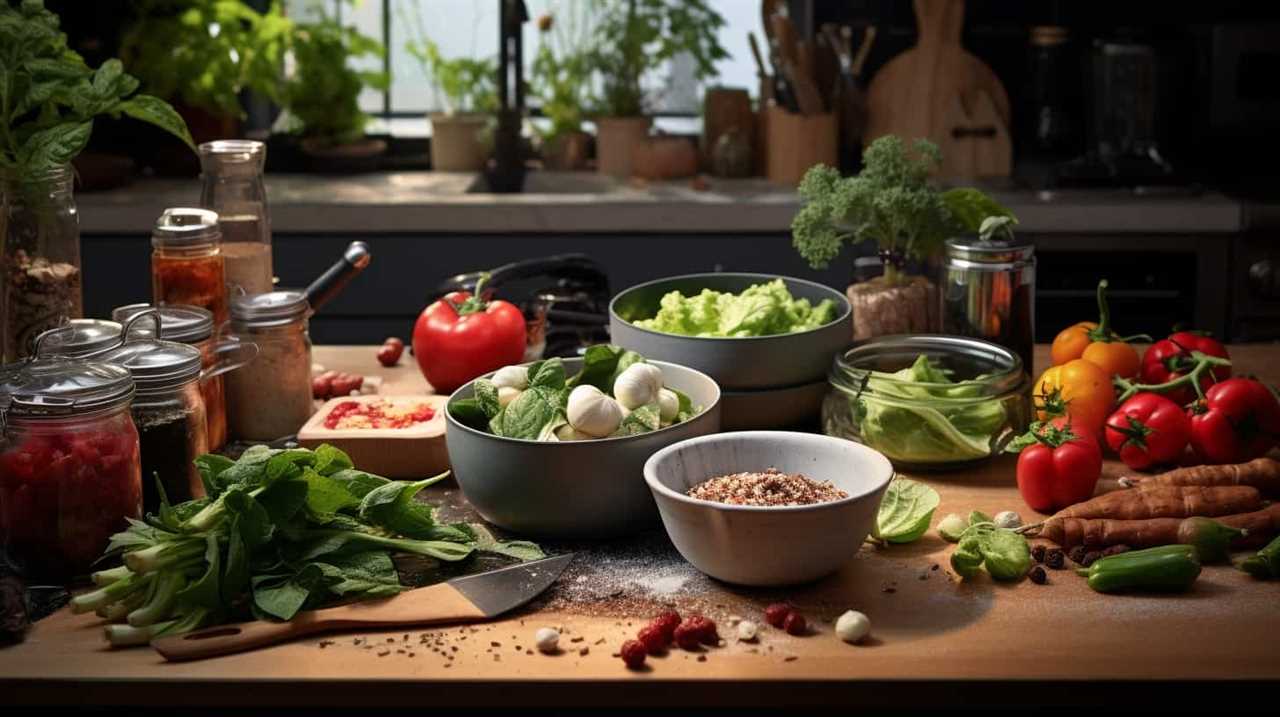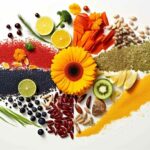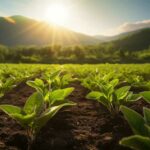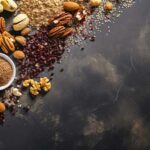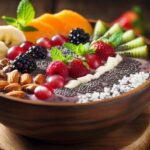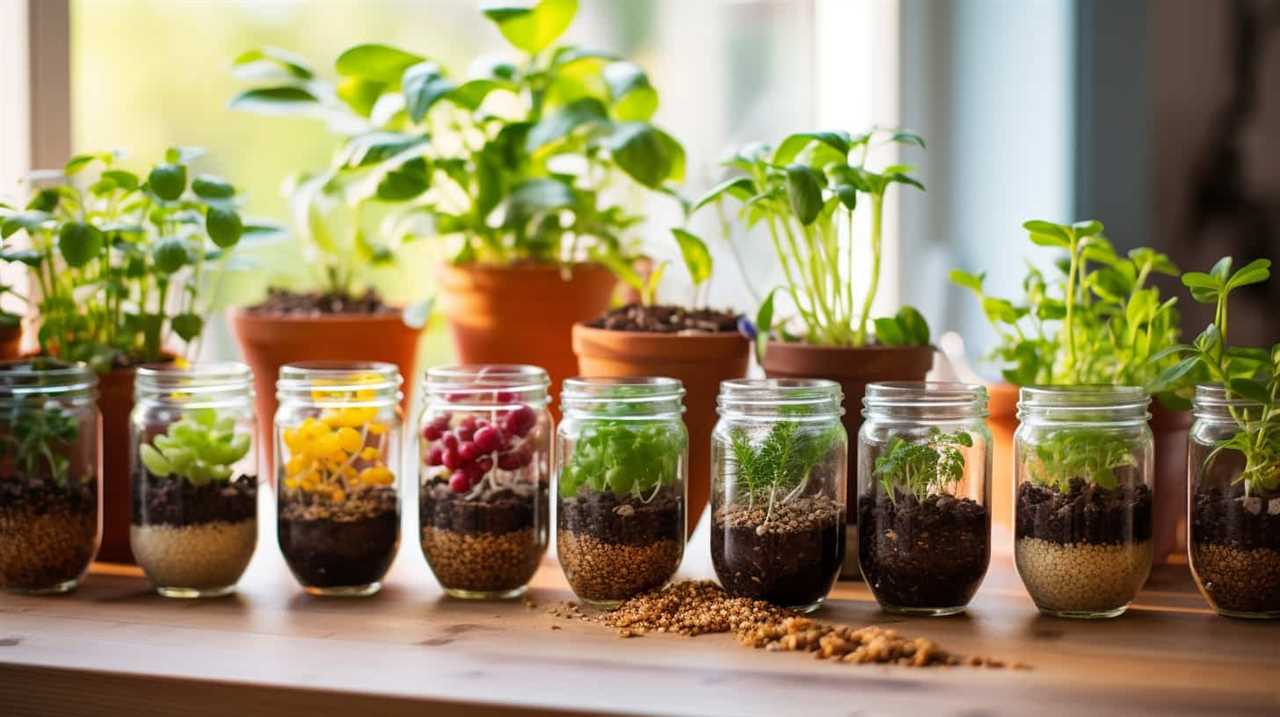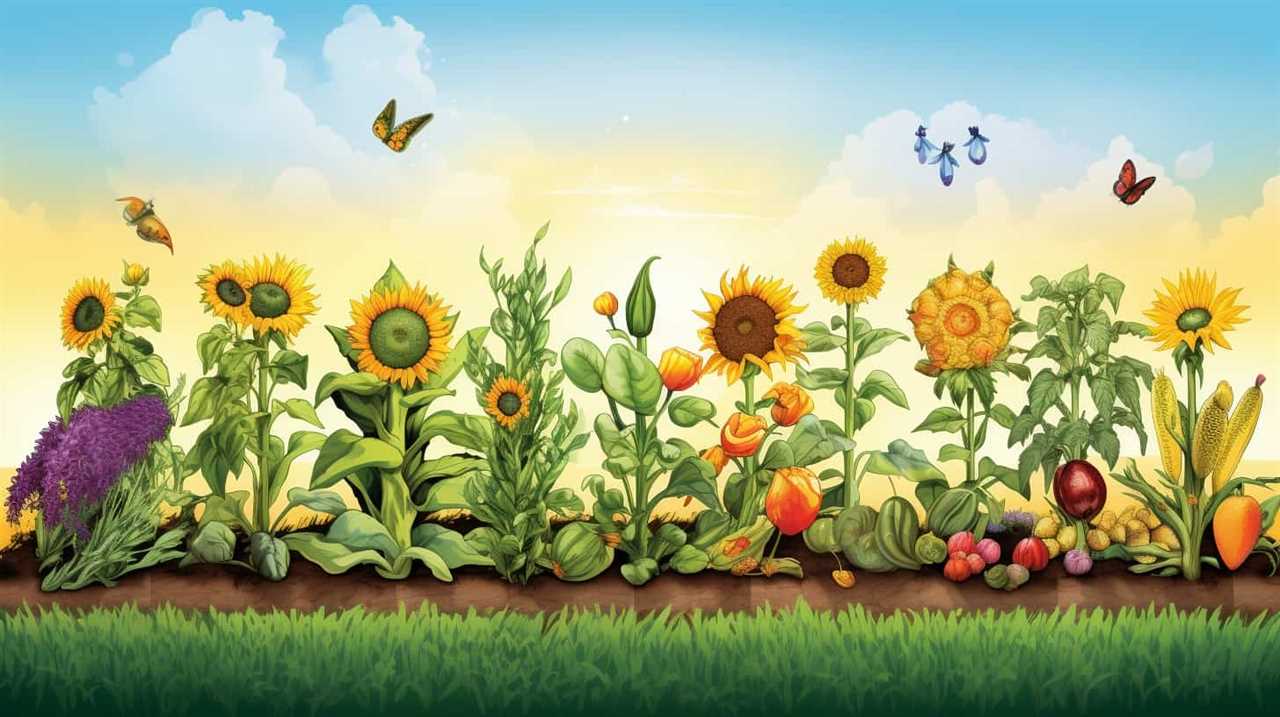Here’s the reason it’s essential to soak chia seeds: the real magic occurs once they absorb the liquid. By hydrating these small yet mighty seeds, we unleash their ultimate power and increase their nutritional benefits.
Soaking chia seeds allows them to absorb liquid, creating a gel-like texture that is easier to digest and offers numerous health benefits.
In this article, we’ll explore the importance of soaking chia seeds, how to do it properly, and all the wonderful ways to incorporate soaked chia seeds into your diet.
Let’s dive in together!

Key Takeaways
- Soaking chia seeds enhances their nutritional value
- The gel-like texture makes chia seeds easier to digest
- Soaking chia seeds releases natural antioxidants
- Soaked chia seeds increase hydration when consumed
The Importance of Soaking Chia Seeds
We believe that soaking chia seeds is essential for maximizing their nutritional benefits.
Chia seeds are packed with nutrients such as fiber, protein, omega-3 fatty acids, and antioxidants. However, these nutrients aren’t readily accessible to our bodies in their raw form.
Soaking chia seeds in water or other liquids helps to break down their tough outer shell, making them easier to digest and allowing our bodies to absorb their nutrients more effectively. This process, known as hydration, also enhances the bioavailability of chia seeds’ nutrients, meaning that our bodies can utilize them more efficiently.
Alternatives to soaking chia seeds include grinding them into a powder or using them as a topping for foods like yogurt or smoothies. However, soaking remains the most effective method for unlocking the full nutritional potential of chia seeds.
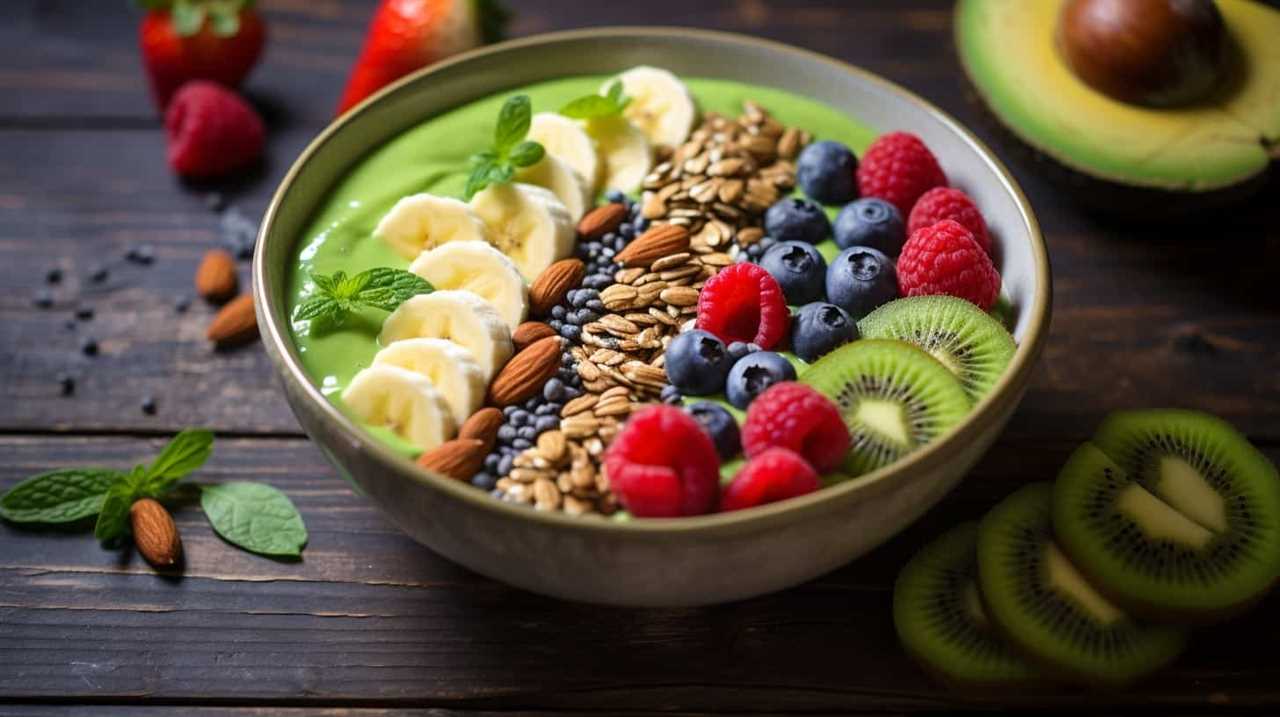
How to Properly Soak Chia Seeds
To properly soak chia seeds, gather the necessary ingredients and follow these simple steps:
-
Start by measuring out the desired amount of chia seeds. A general rule of thumb is to use 1 tablespoon of chia seeds for every 1 cup of liquid.
-
Place the chia seeds in a bowl or container and add the liquid of your choice. This can be water, milk, or even fruit juice.
-
Stir the mixture well to ensure that the chia seeds are evenly distributed and fully submerged in the liquid.
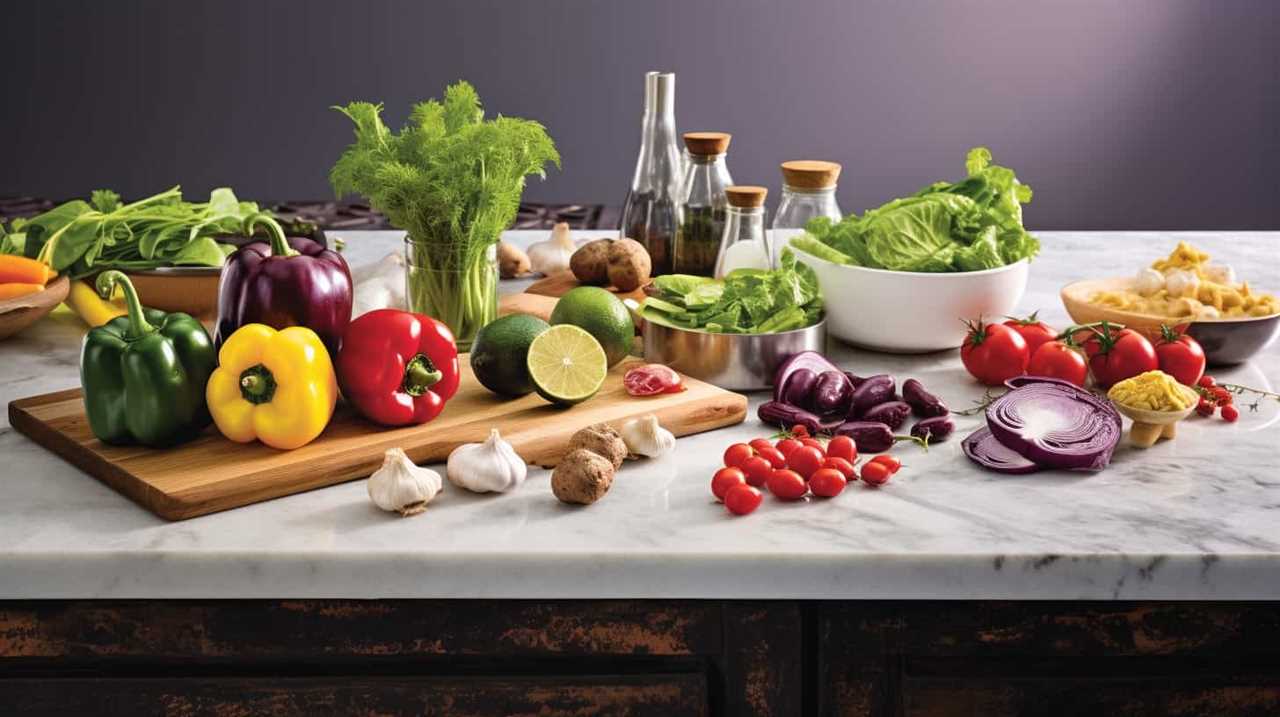
Allow the chia seeds to soak for at least 20 minutes, or preferably overnight in the refrigerator. This soaking process allows the chia seeds to absorb the liquid and form a gel-like consistency. This gel-like texture is what makes chia seed pudding and chia seed smoothies so popular.
Once the chia seeds have soaked, they can be used in a variety of recipes to add a nutritional boost and a satisfying texture.
Benefits of Soaking Chia Seeds
Soaking chia seeds enhances their nutritional value and improves their texture. When chia seeds are soaked, they absorb liquid and form a gel-like substance. This gel isn’t only beneficial for creating delicious chia seed pudding, but it also has several health benefits.
Firstly, soaking chia seeds increases their digestibility. The gel-like texture makes it easier for our bodies to break down the seeds and absorb their nutrients. Additionally, soaking chia seeds helps to release their natural antioxidants, such as flavonoids and phenolic compounds, which have been shown to have anti-inflammatory and anti-cancer properties.
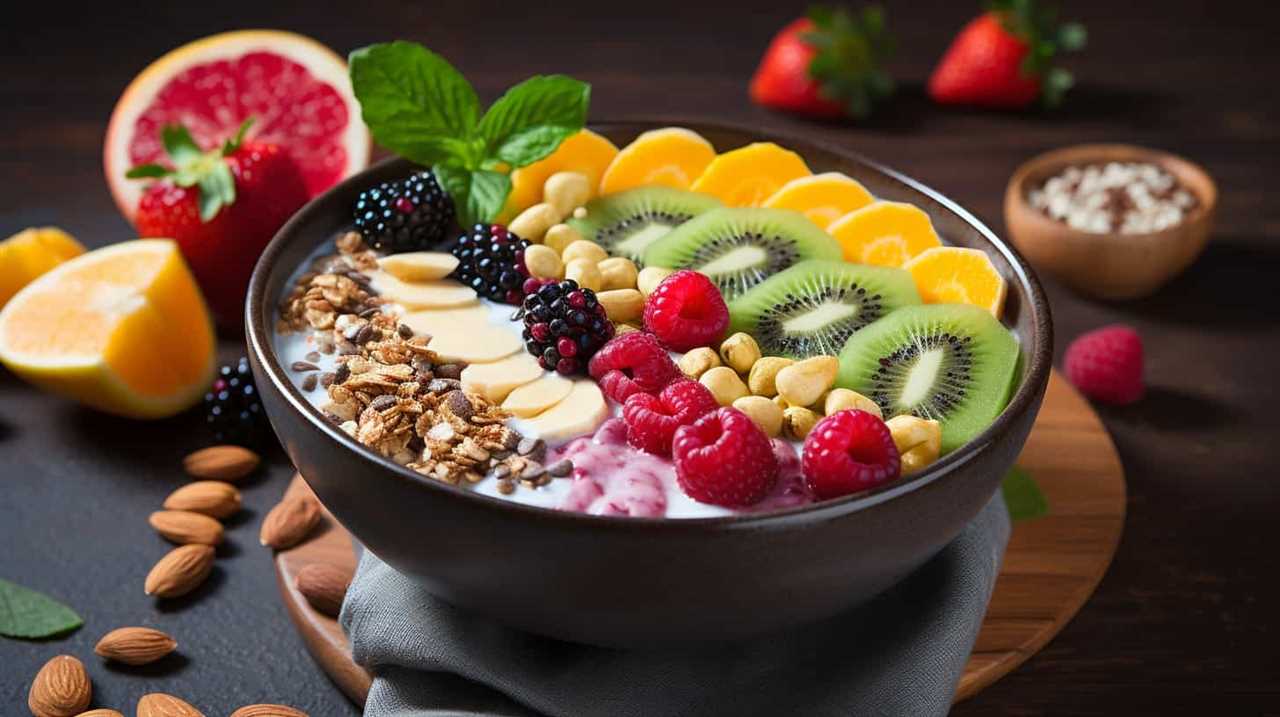
Furthermore, soaking chia seeds increases their water content, making them more hydrating when consumed. This can be especially beneficial for athletes or individuals who need to replenish electrolytes.
Common Mistakes to Avoid When Soaking Chia Seeds
What are some common mistakes to avoid when soaking chia seeds?
-
Over-soaking: Soaking chia seeds for too long can result in a gelatinous texture that may not be desirable in all recipes. It’s recommended to soak chia seeds for about 15-30 minutes until they’ve absorbed enough liquid to become gel-like.
-
Not stirring enough: Chia seeds tend to clump together when soaked, so it’s important to stir them well to prevent clumping and ensure even soaking. Stirring every few minutes during the soaking process can help achieve a consistent texture.
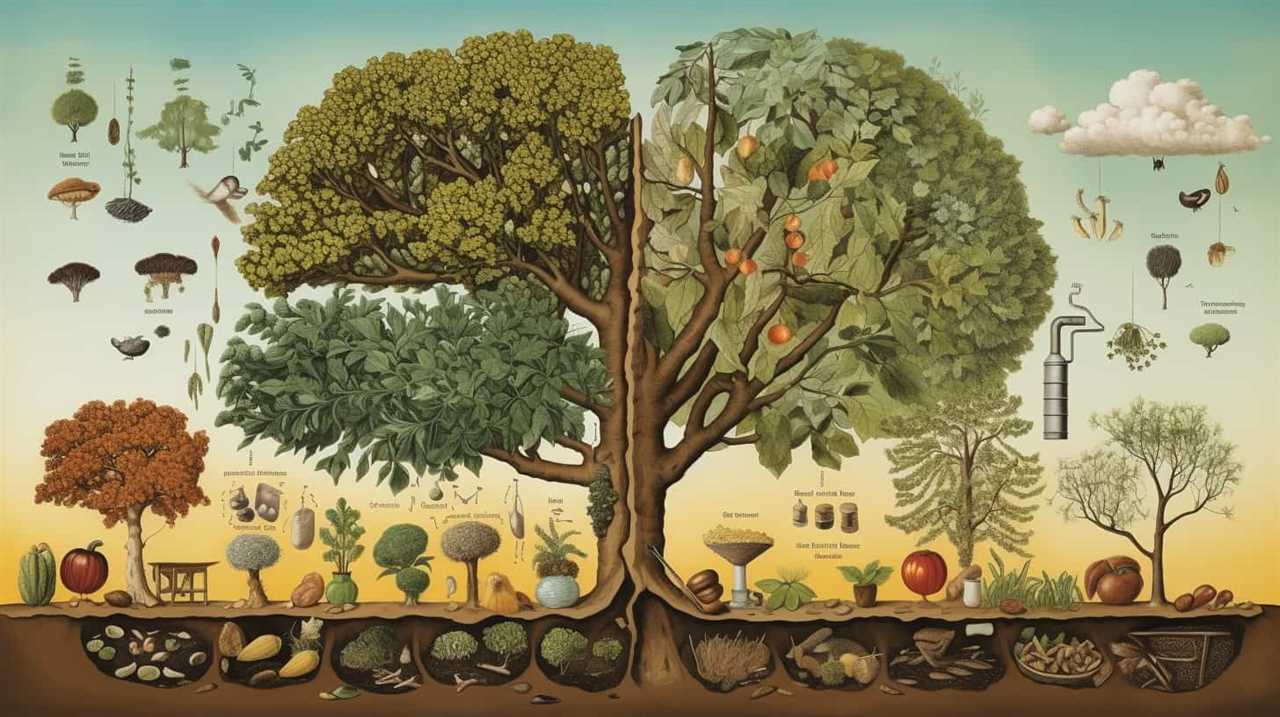
-
Using too little liquid: Chia seeds need to be soaked in an adequate amount of liquid for them to properly absorb and expand. A general rule of thumb is to use at least 4 parts liquid to 1 part chia seeds. This will ensure that the seeds have enough liquid to fully hydrate.
Creative Ways to Use Soaked Chia Seeds
After properly soaking chia seeds, we can explore creative ways to incorporate them into a variety of delicious recipes. One popular option is chia seed pudding, which isn’t only easy to make but also packed with nutrients.
To prepare chia seed pudding, simply mix soaked chia seeds with a liquid of your choice, such as almond milk or coconut milk, and let it sit in the refrigerator overnight. The chia seeds will absorb the liquid and create a thick, pudding-like consistency.
You can then add sweeteners like honey or maple syrup, as well as toppings such as fresh fruits, nuts, or granola, to enhance the flavor and texture. Chia seed pudding is a versatile dish that can be enjoyed for breakfast, as a snack, or as a dessert.

It provides a good source of fiber, protein, and omega-3 fatty acids, making it a nutritious and satisfying option for any time of the day.
Frequently Asked Questions
Can I Eat Chia Seeds Without Soaking Them?
Yes, we can eat chia seeds dry without soaking them. Chia seeds have numerous health benefits, including being a great source of fiber, omega-3 fatty acids, and antioxidants. Soaking them does have its own benefits, but it’s not necessary for consumption.
How Long Should I Soak Chia Seeds for Maximum Benefits?
When it comes to maximizing the benefits of soaking chia seeds, we have found that the optimal soaking time is approximately 20 minutes. This allows the seeds to absorb liquid and release their beneficial nutrients.
Can I Use Hot Water to Soak Chia Seeds?
Yes, hot water can be used to soak chia seeds. It can help release nutrients and make them easier to digest. However, there are other alternatives to soaking, such as grinding or blending the seeds.
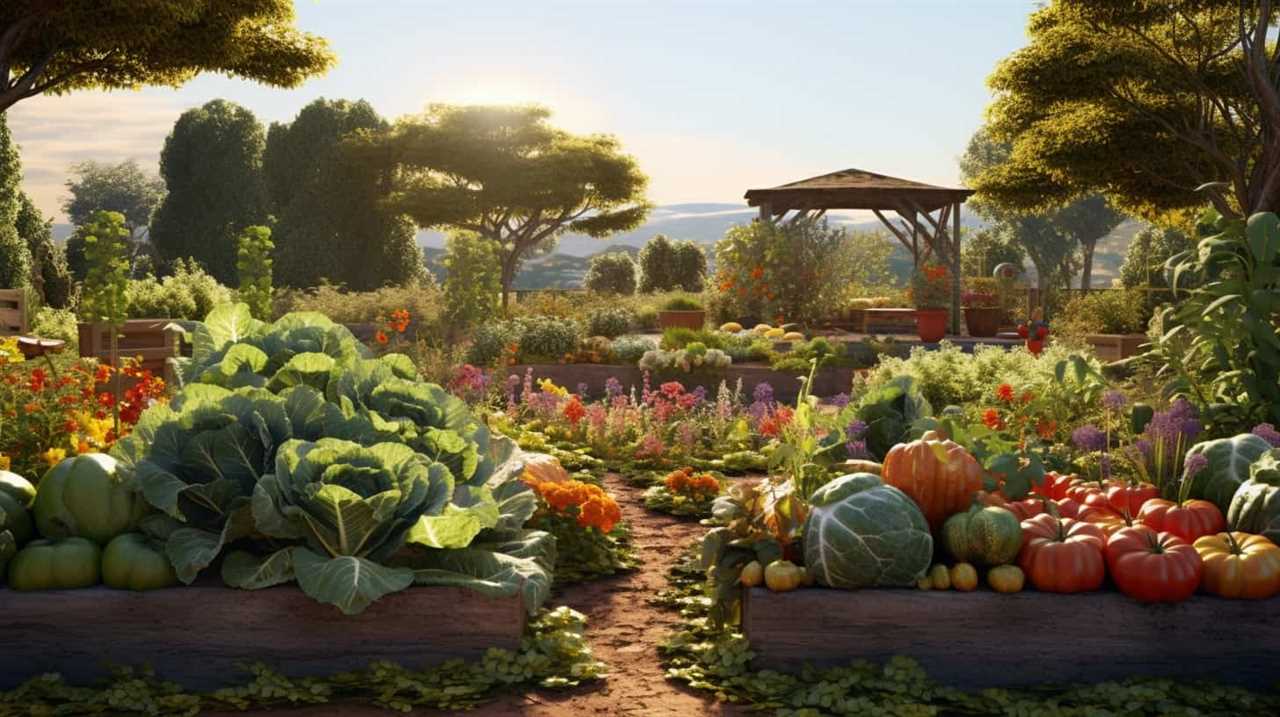
Can I Soak Chia Seeds in Milk or Other Liquids?
Yes, you can soak chia seeds in milk or other liquids. We’ve tried soaking them in almond milk and coconut water. Soaking chia seeds in different liquids can enhance their nutritional benefits and create deliciously flavored chia puddings.
Can I Store Soaked Chia Seeds in the Refrigerator?
Yes, we can store soaked chia seeds in the refrigerator. It helps to preserve their freshness and extend their shelf life. Soaking chia seeds also enhances their nutritional benefits, making them easier to digest and absorb.
Conclusion
In conclusion, soaking chia seeds is a crucial step in maximizing their nutritional benefits.
By allowing the seeds to absorb liquid, they become easier to digest and their nutrient content becomes more bioavailable.
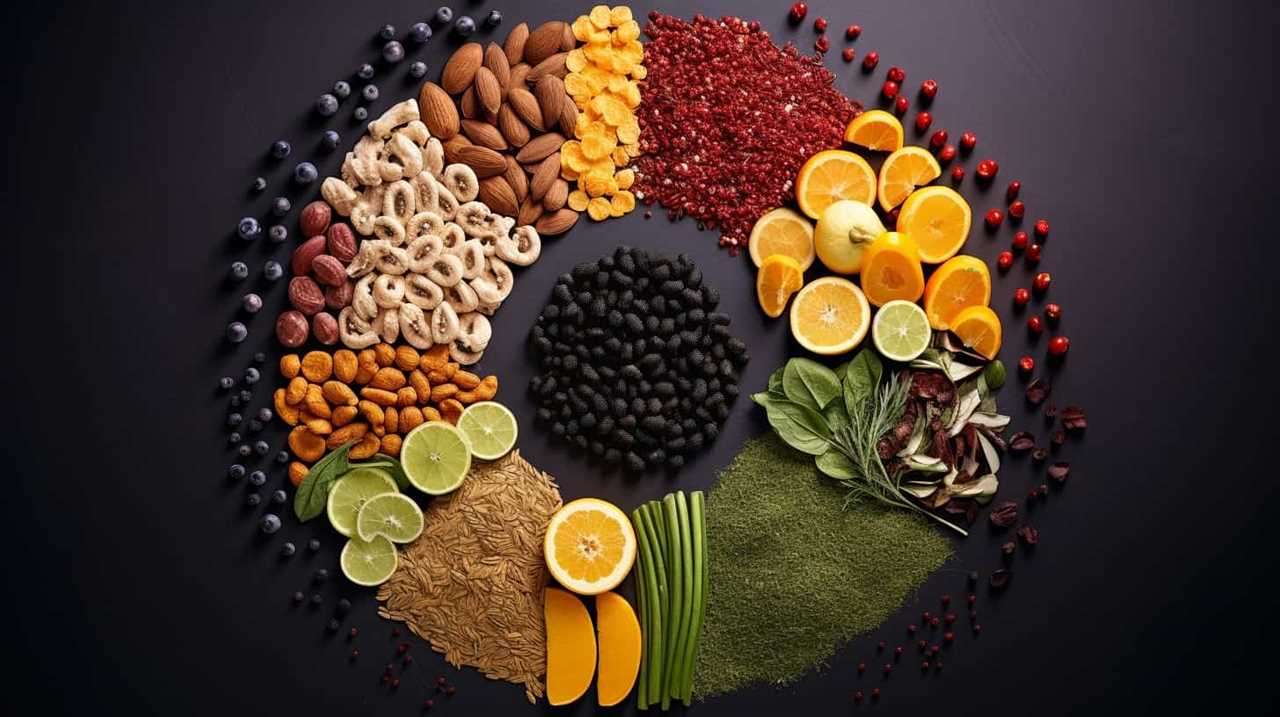
Soaking chia seeds also increases their water-holding capacity, making them a versatile ingredient in various dishes.
By incorporating soaked chia seeds into your diet, you can reap the numerous health benefits they offer, such as improved digestion, increased energy levels, and enhanced heart health.
So go ahead and start soaking those chia seeds for a healthier you!
